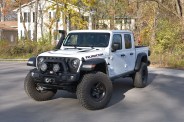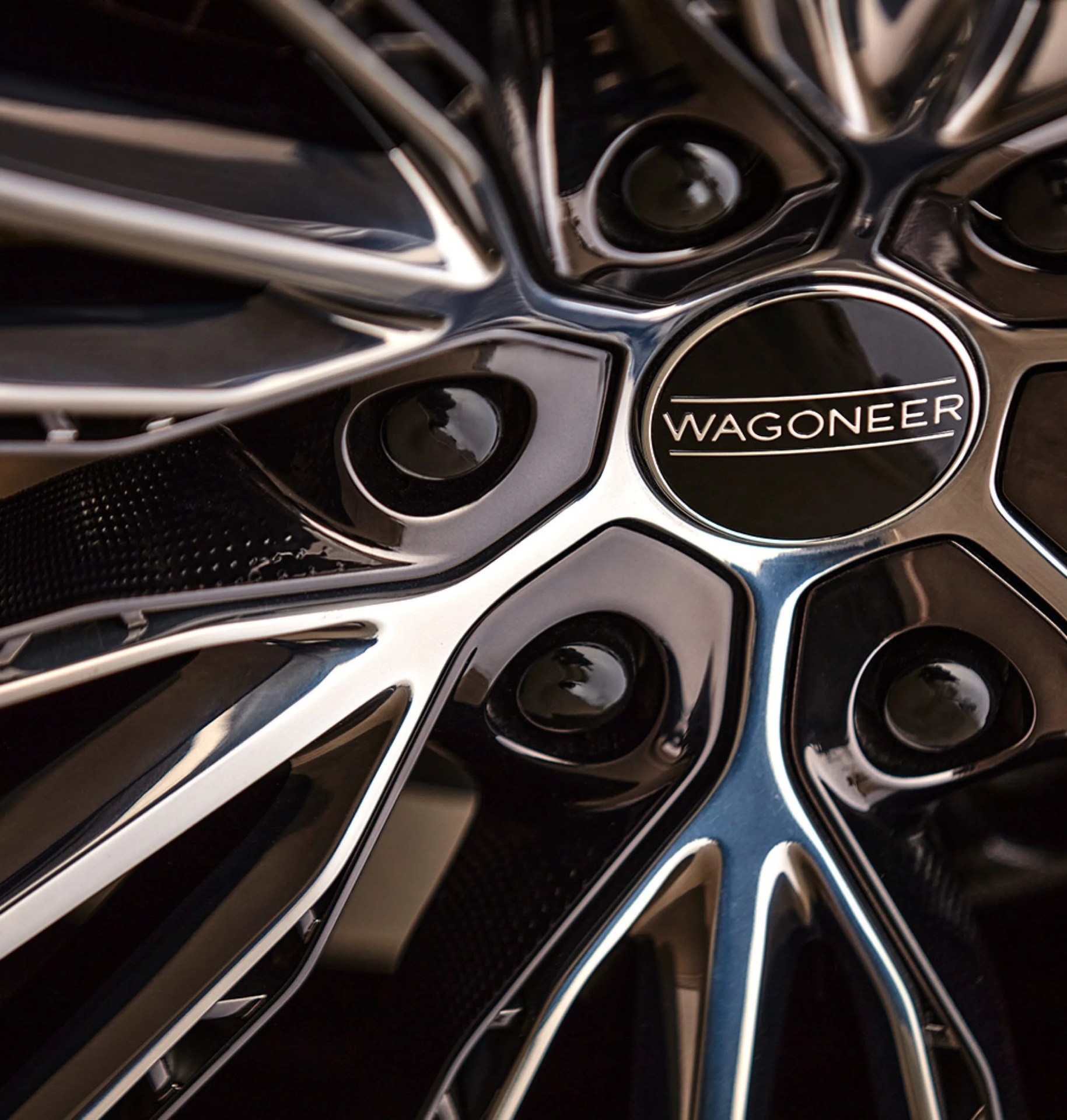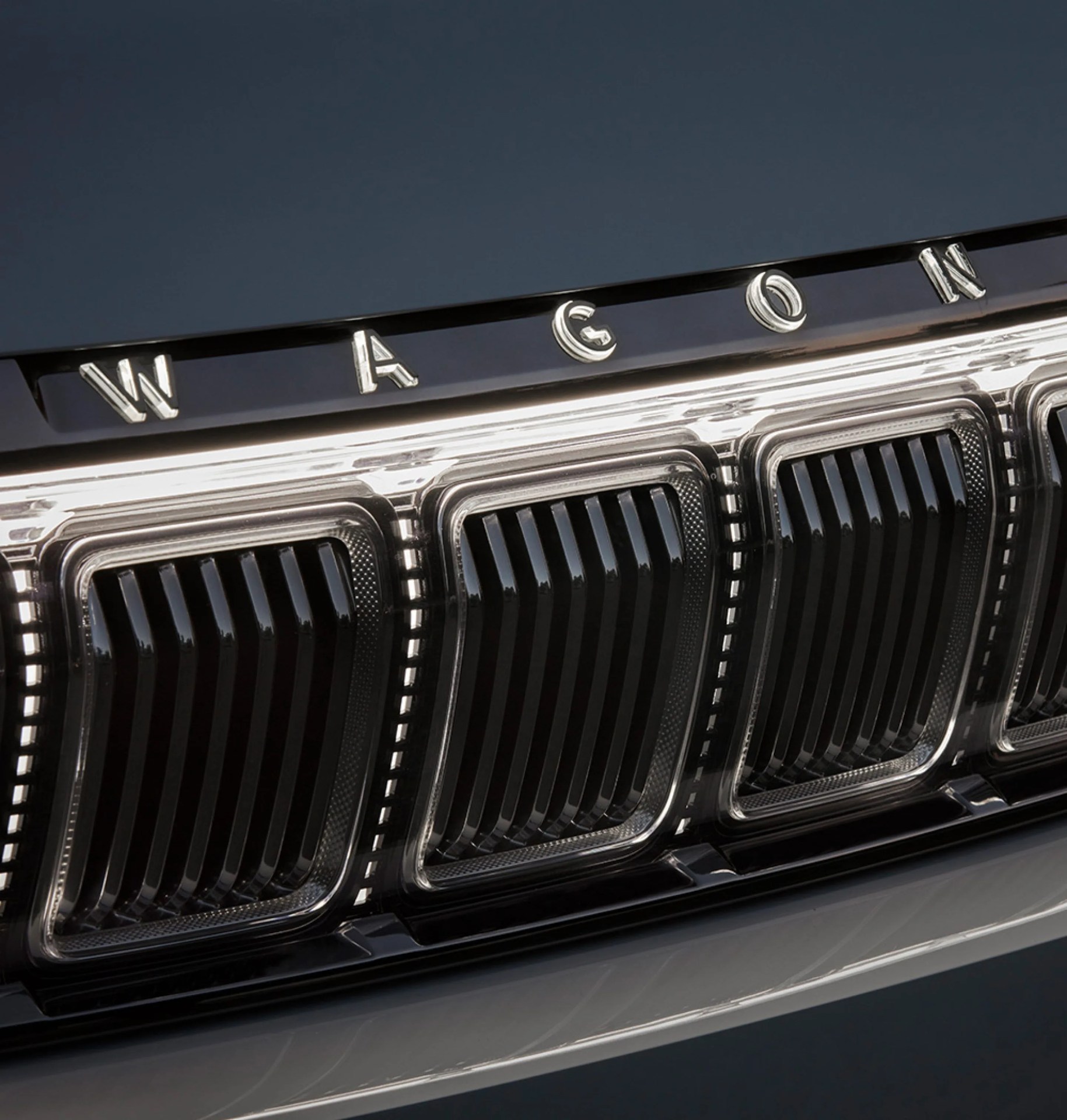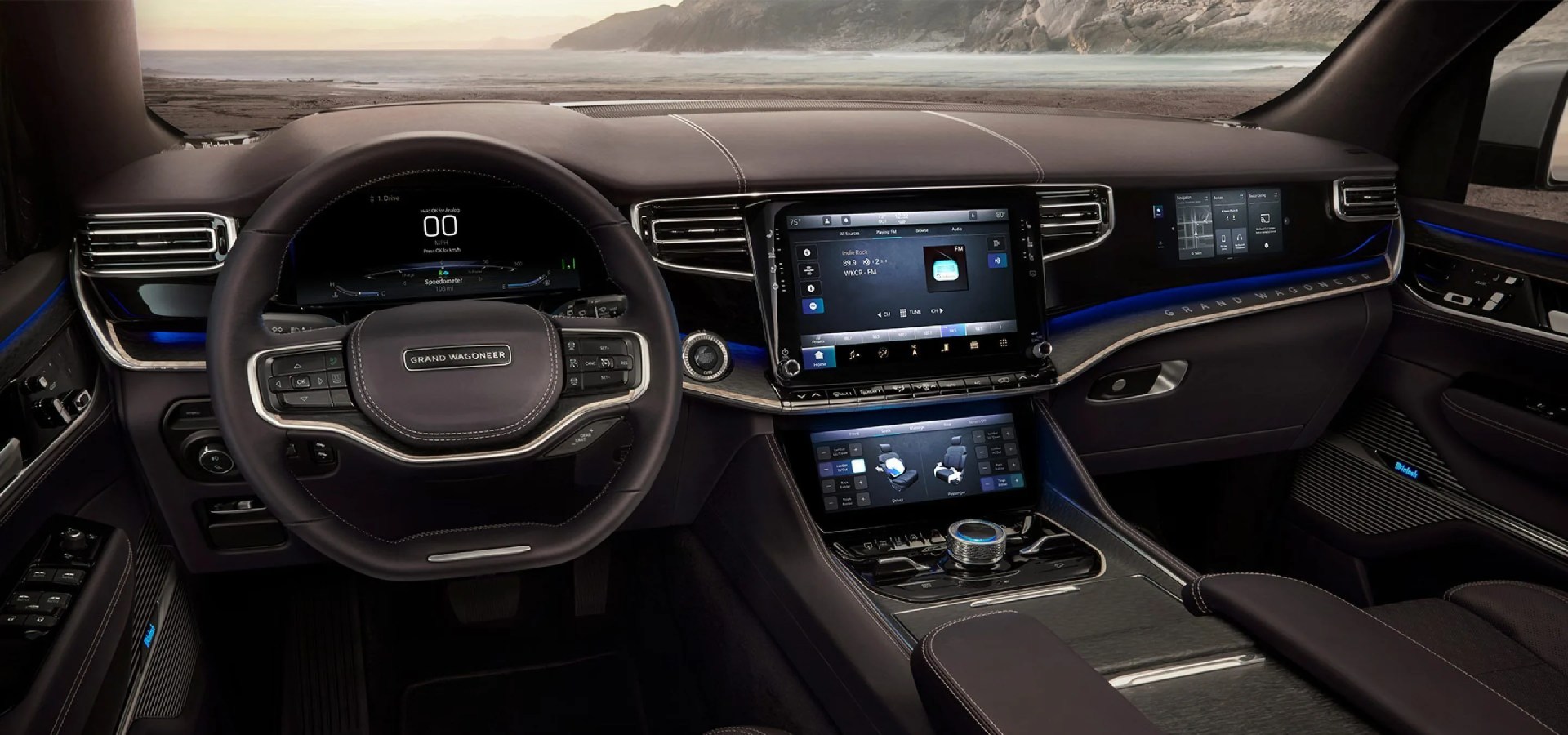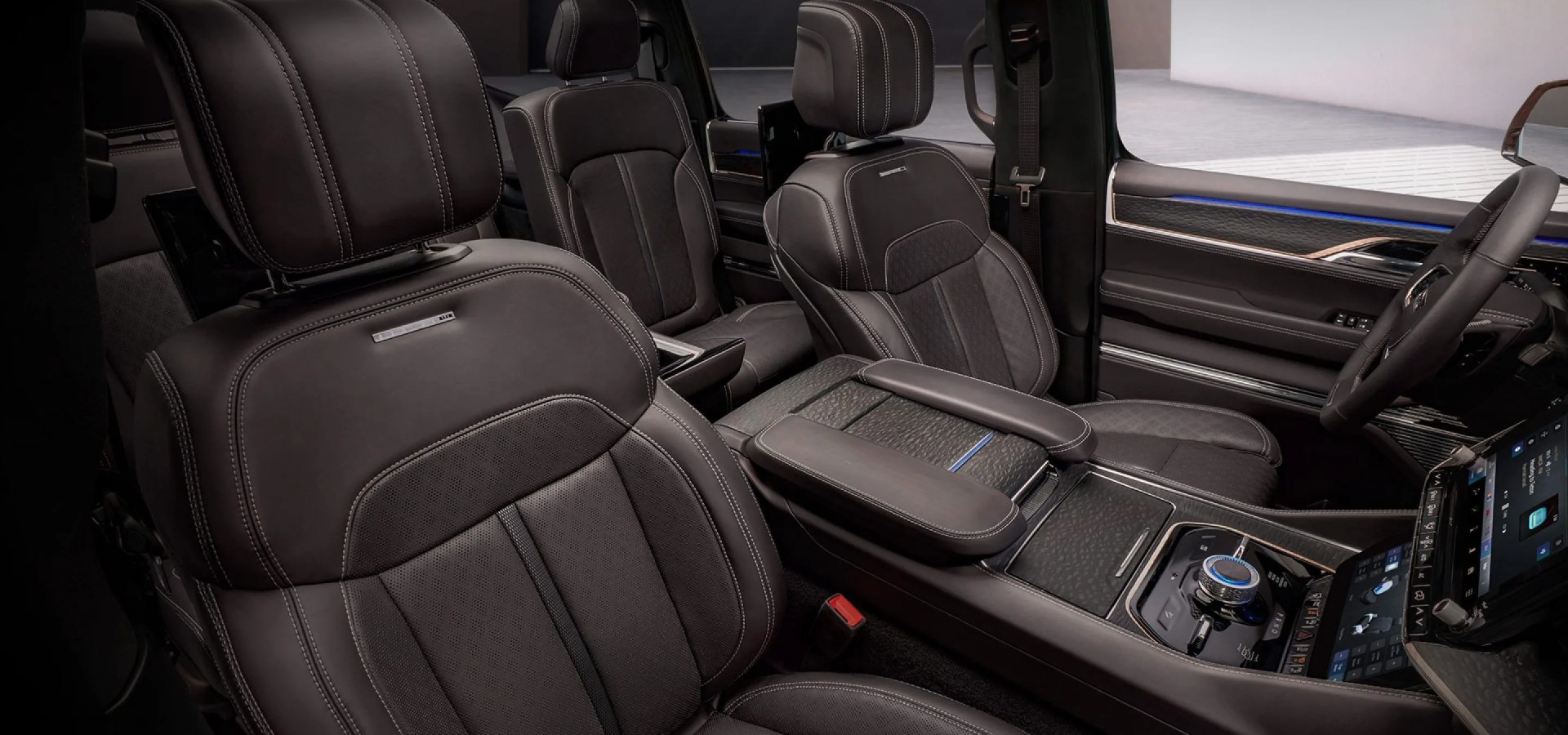Re-establishing a legendary vehicle is nothing new for Ralph Gilles.
He’s worked for the company currently known as Fiat Chrysler Automobiles since 1992, back when it was still called the Chrysler Corporation; by 2006, he was vice president in charge of interior design for the company’s Jeeps, trucks and specialty vehicles; he was named vice president of design come 2008; head of FCA’s North America Product Design Office come 2009; and the last five years, he’s held the title of head of design for the entire FCA Group. (Along the way, he also served as president and CEO of the SRT brand before it was subsumed back into the fold, did a stint as CEO for Dodge in the U.S., and spent time as president and CEO of FCA’s Motorsports division.)
He’s presided over the looks of Vipers and Power Wagons, Gladiators and Chargers — all sorts of mean machines whose names carry more weight than the average automotive nameplate. And now, he’s adding a new Jeep Wagoneer and Grand Wagoneer to that list.
Still, out-and-out retro hasn’t been FCA’s bag for quite some time. This new mega-Jeep is clearly a Jeep, but it’s also very much a modern-looking one.
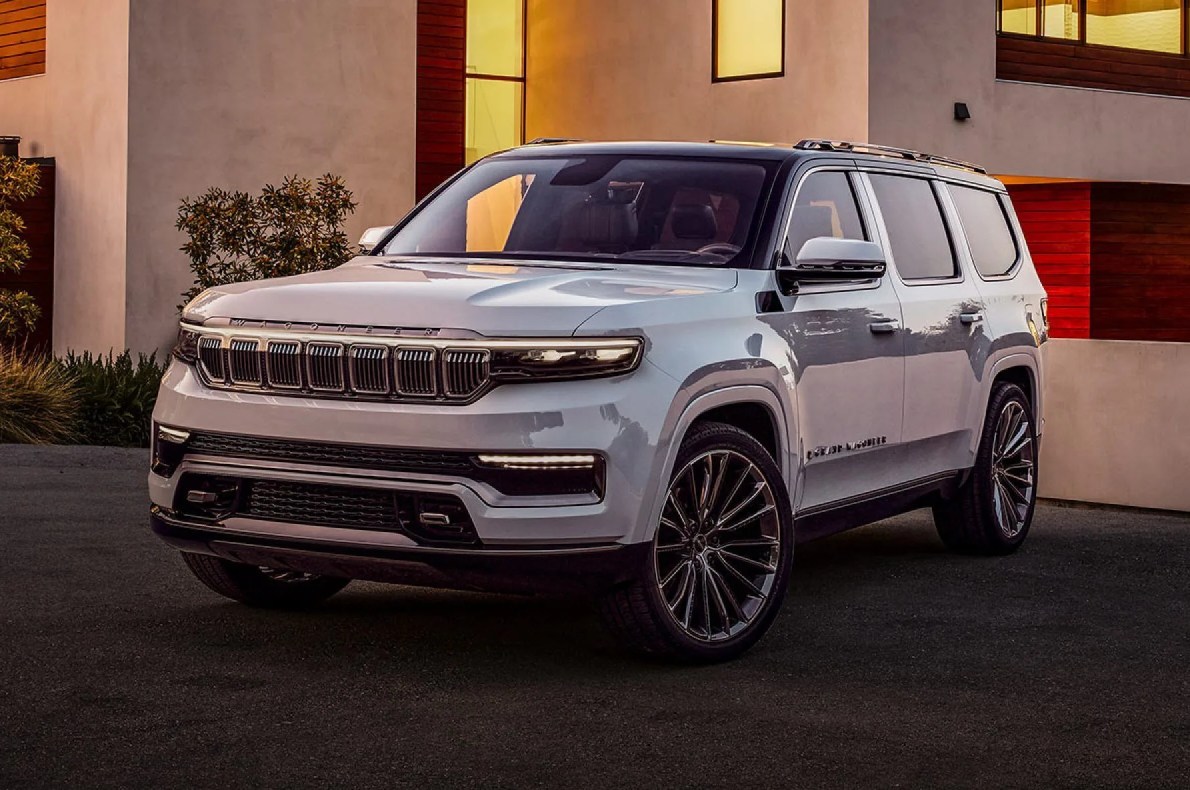 Jeep
Jeep“We actually had a few themes that were…emulating the last version, from 1991,” Gilles says. “It was almost too retro. We quickly got off that bandwagon.”


